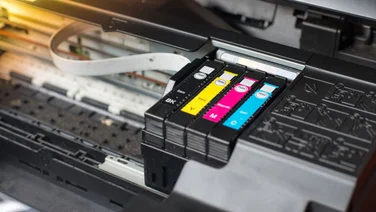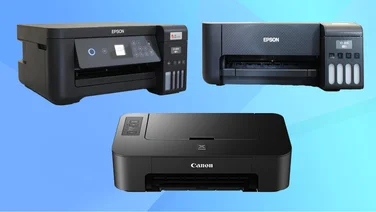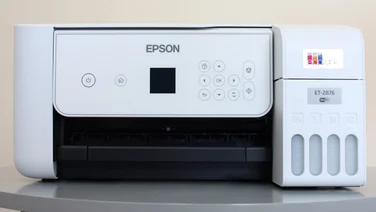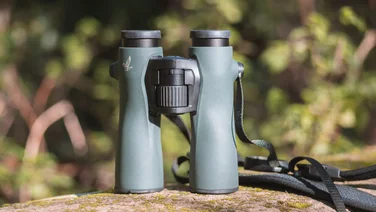To help us provide you with free impartial advice, we may earn a commission if you buy through links on our site. Learn more









Last month we reviewed the Sony Cyber-Shot DSC-HX20V, a pocket ultra-zoom camera packed with impressive features and a high price to match. That price has come down by £30 over the past month, but £280 is still a lot to pay for a point-and-shoot camera.

Those looking to save a further £30 should consider the DSC-HX10V. The two cameras were launched at the same time and share the same 18-megapixel sensor, but the HX10V has various features scaled back or omitted to bring it in at a lower price.
The zoom range is down from 20x to 16x, and various functions have been stripped out of the menus. We doubt that many people will miss manual focus, contrast, saturation and sharpness controls, but we’re sorry to see flexible spot autofocus go. Focus errors are more obvious in telephoto shots, and the HX20V’s ability to place the autofocus point freely in the frame makes it easier to avoid focusing on the wrong thing.

We’re pleasantly surprised to find that GPS is still included, though. There’s the same 921,600-dot screen, too, giving an extremely sharp picture. The HX20V’s advanced shooting modes are present, including manual exposure control, 3D capture and huge 43-megapixel panoramic shots.

Hold the camera in portrait orientation and slowly pan it to capture enormous 43-megapixel panoramas
The pricier HX20V can record 1080p videos at 50fps. This gives silky smooth motion but it’s limited by the fact that neither Blu-ray discs nor YouTube support 1080/50p video. As such, we’re not too upset to see this feature omitted from the HX10V. It can record 1080p video at 25fps, which is the format we prefer to use (it’s listed as 1080i on the camera’s menu but the recorded frames are 1080p at 25fps).
The HX20V requires a powerful processor to encode 1080/50p video; as a result, when it’s recording at 1080/25p, it has enough power in reserve to take photos at the same time. This is one of our favourite features to appear on digital cameras in recent years, and a key attraction of the HX20V. The HX10V appears to have a less powerful processor, as it can’t snap away indefinitely while recording videos. This feature hasn’t disappeared completely, though, as up to 10 photos can be captured while recording video. They’re stored in buffer memory until recording stops, whereupon the camera took about 25 seconds to process and save them to the card. It’s still an extremely welcome feature but not as elegant as on the HX20V.
The apparent difference in processing power made no dent on general performance. Autofocus was quick and photos were captured at one-second intervals in normal use. Continuous mode ran at either 10fps or 2fps, although both options are limited to 10 frames, whereupon the camera took eight seconds to save them.

Noise levels are surprisingly low in this ISO 800 shot
With the same sensor as the HX20V, it comes as no surprise that the two cameras are indistinguishable for noise levels. Even brightly lit scenes exhibited a small amount of noise, which gave darker details a slightly scruffy appearance and glossed over subtle textures. Noise levels inevitably rose when low light demanded fast ISO speeds, but by less than we would have anticipated. Image quality in low light isn’t up to the standards of the Canon PowerShot SX260 HS or Fujifilm Finepix F660EXR, but it’s similar to that of our current Best Buy, the Panasonic Lumix DMC-TZ25.

Details in telephoto shots look a little vague and scruffy when viewed up close
The HX20V and HX10V were closely matched for lens performance. The HX20V has the bigger zoom range but its focus deteriorated at the telephoto end of the zoom. The HX10V’s lens was sharper, and there wasn’t much to choose between them for detail levels in telephoto shots. They weren’t as sharp as wide-angle shots, though, and couldn’t match the Panasonic TZ25’s telephoto shots either. The HX10V excelled for video capture. Details were crisp, autofocus was responsive, the soundtrack was clear and stabilisation worked wonders at telephoto zoom settings.

Wide-angle photos are much sharper. Noise reduction has smoothed over the texture in these trees but it’s not too upsetting
When the HX20V cost over £300, a HX10V for £250 looked like a tempting proposition. At current prices, though, it’s a trickier call. We’ll leave the decision to you, but if you hanker after Sony’s clever shooting modes more than the Panasonic Lumix DMC-TZ25’s sharper lens or the Canon and Fujifilm’s lower noise, both Sony models are excellent buys.





